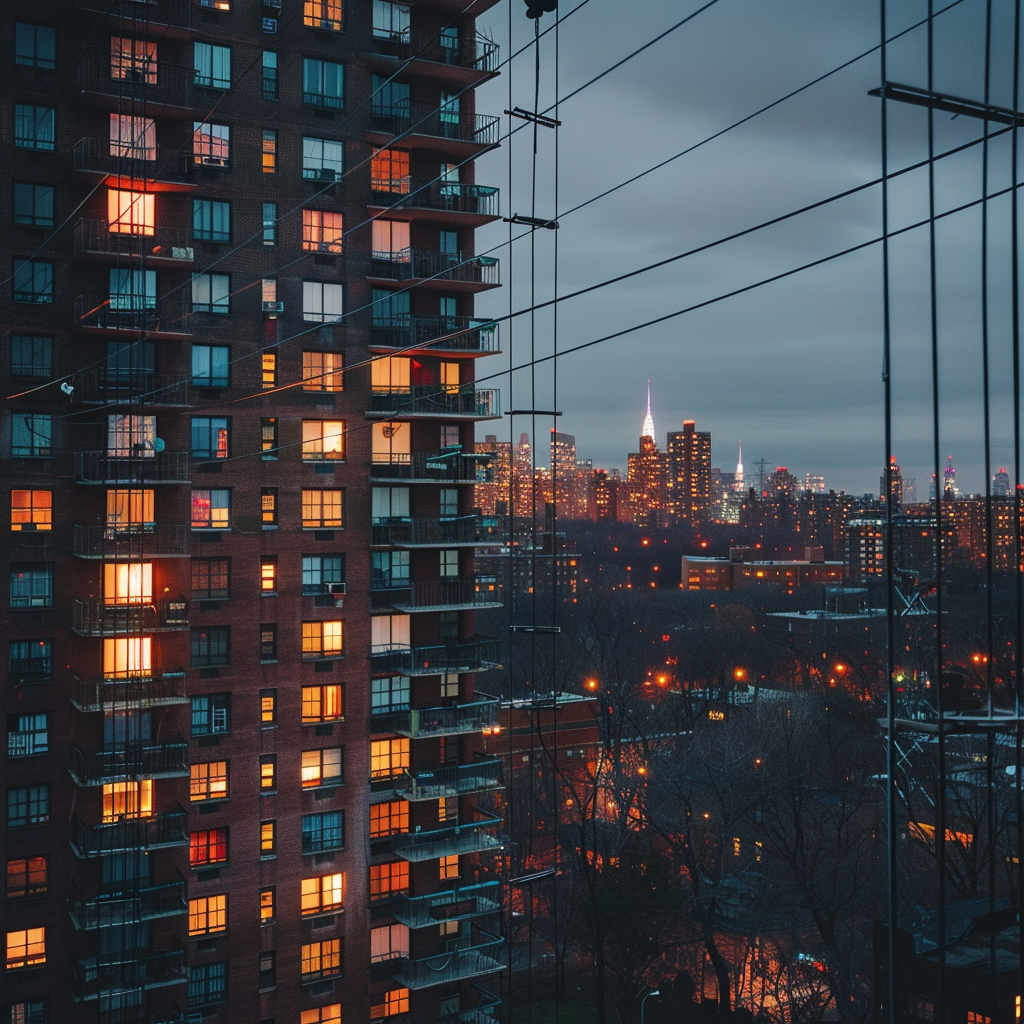Protecting the birds and the bees, that is the aim of a bill in the New York Legislature that passed in June. The bill would ban the use of neonicotinoid insecticides (known as neonics) — a move that is dear to the heart of anti-pesticide activists, but that would severely hurt farmers and consumers alike.
The premise of their argument is that chemicals in this group of insecticides severely affects the health of pollinators, and thus a ban would protect the ecosystem in the state — but they’re wrong.
As I outlined in a piece for Newsmax last year, there are a myriad of mistruths about the health of bees that are being used for the causes of activists whose stated goals is a ban of all pesticides. The short version is the following: despite warnings of a “Beepocalypse,” bee populations are in fact on the rise. Regional bee declines occur through urbanization, reduced market demands for managed colonies, and naturally occurring viruses.
Like most poor public policy, the Birds and Bees Protection Act is built on faulty premises and a feel-good name. The statistics on pollinator decline and colony collapse disorder have long been falsely associated with the use of insecticides. In fact, before insecticides were blamed for “killing the bees,” it used to be bioengineered food that was in the crosshairs of activists.
This assumption was never backed up by evidence, and administrations on both sides of the aisle have come to recognize the incredible climate mitigation and efficiency opportunities associated with genetically engineered food.
In the European Union, a number of countries have implemented exemptions on neonic bans due to the detrimental impact they had on local farmers. This exemption policy not only causes anxiety for all parties involved, but also fails to provide farmers with any certainty for the future.
The Birds and Bees Protection Act takes a different approach by completely prohibiting the use of these products, bypassing regulatory agencies. However, this approach then requires these agencies to undergo lengthy assessments to determine appropriate emergency use. This process is both burdensome and unfair to farmers.
The elimination of regulatory agencies from the decision-making process was the primary reason why California Democrat Gov. Gavin Newsom vetoed a bill last year that aimed to ban neonics for non-agricultural purposes.
Advocates for pollinators may have good intentions, but their lack of understanding of agriculture is evident. The implementation of neonics bans in Europe has resulted in farmers resorting to alternative chemicals to protect their crops. However, the use of substitute products has been shown to decrease crop yield and increase insect resistance, ultimately leading to negative impacts on the environment and biodiversity.
It is not feasible to suggest that farmers acquire more land to compensate for crop losses or use products that are not equipped to provide adequate protection for their fields.
The potential consequences of such measures are dire, particularly for the over 25,000 farm workers in New York State who rely on stable yields and reliable methods to safeguard their farms from invasive species. The absence of guaranteed yields could lead to rising prices in the crop production sector, as has been observed in France.
For New Yorkers already grappling with the burden of rapid inflation, such agricultural regulations are not responsible. Legislation of this nature should require more than a mere noble-sounding name and good intentions to become law, and the Birds and Bees Protection Act falls short in this regard.
Originally published here




